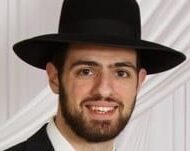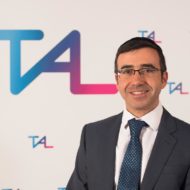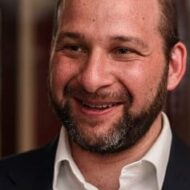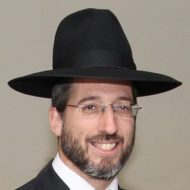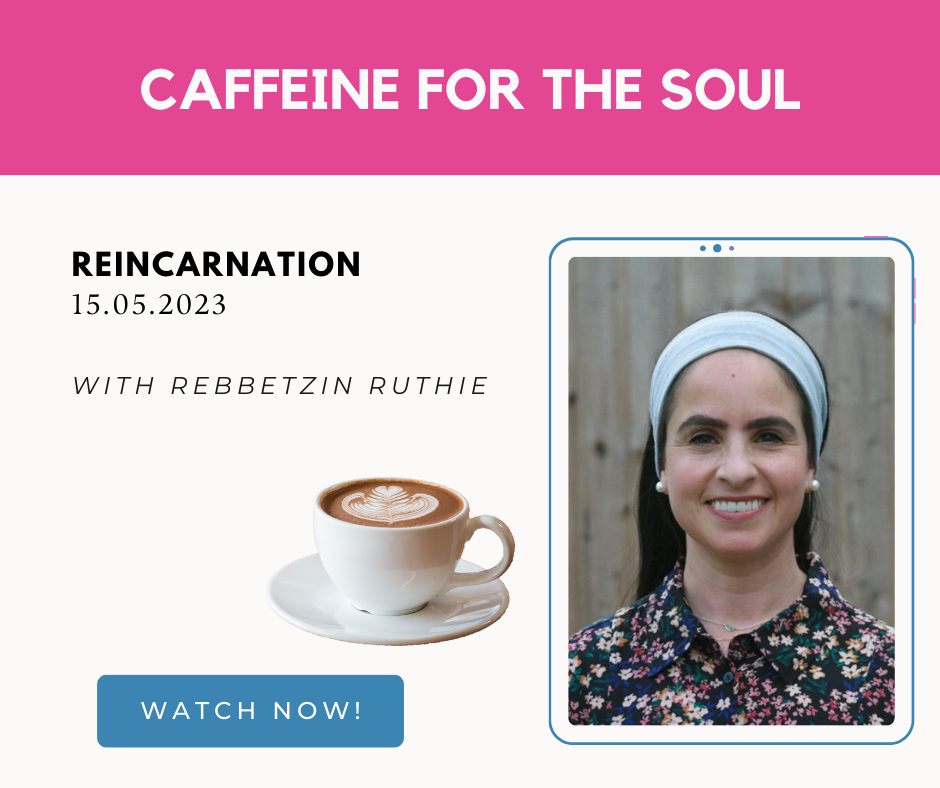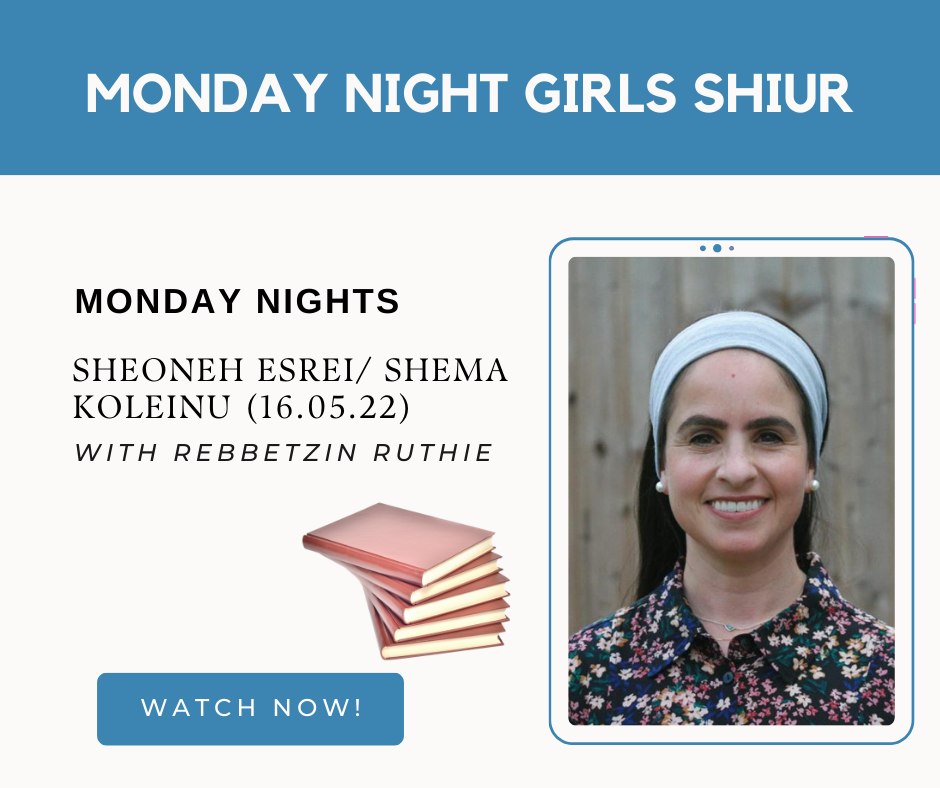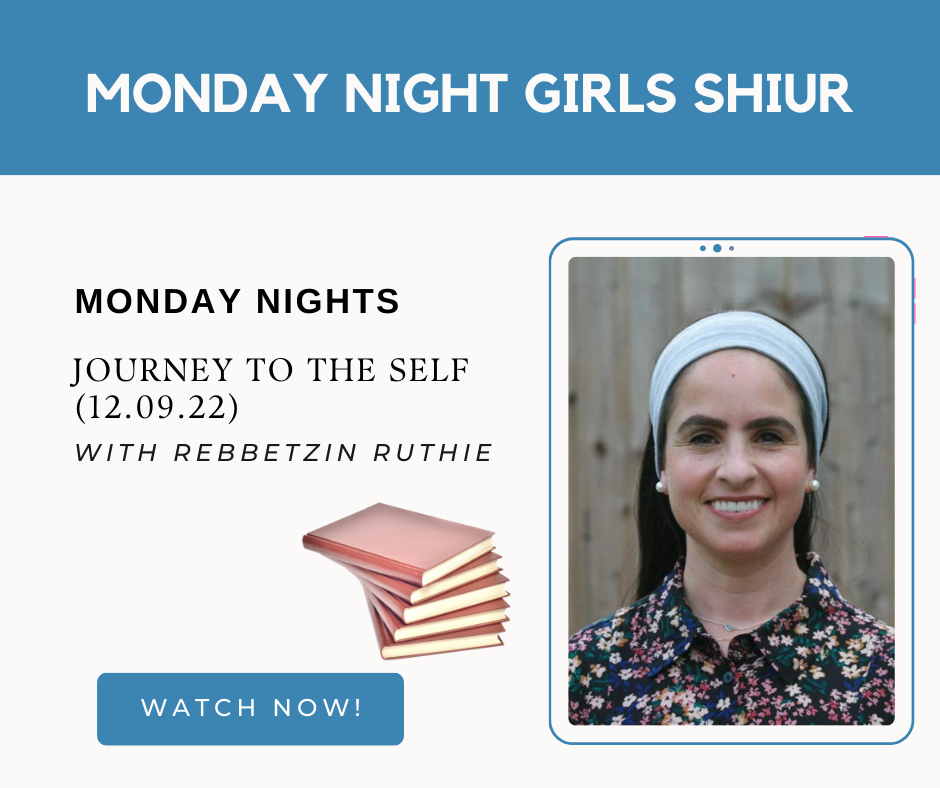How can we know that everything that Hashem does for us is for our good?
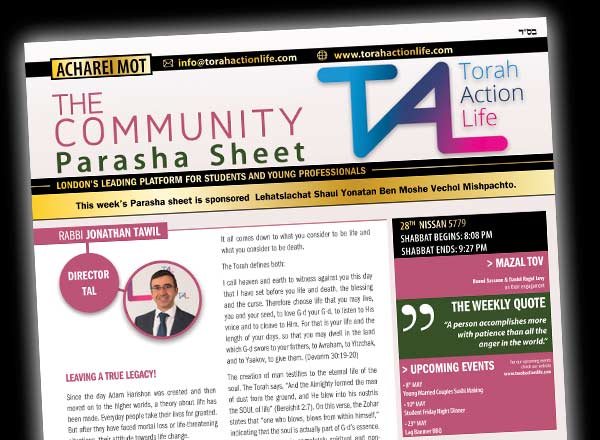
We know that we do a beracha for the good that Hashem grants us (Hatov ve Ha metiv) but we also do a Beracha for the bad (Barouch Dayan Haemet) !
Let’s analyse these two berachotes , and from this explanation we can understand that all is for our good !
We know that the ultimate Good is Hashem there isn’t any bad in his essence! The Beracha emphasizes by saying THE ALMIGHY GIVES US GOOD AND ADDS GOOD TO THE GOOD WE ALREADY HAVE! Amazing! Duplicates it for us because he loves us so much! More you love more you give!
On the other hand the Beracha of the bad (that we see it bad) we thank Hashem by saying that he is the judge of Emet! Truth! What does that mean??
Well Emet is G. signature! Anything He does is Emet la Amito! Meaning there is no lying or cheating! His truthleness is fluid, no barriers! He knows what’s best for us! Like he inflicted on Yossef Hatsadik! His brothers throwing him in the pit , getting sold to strangers , thrown in jail for 2 years with no reason ! That looks bad! But it’s not! On the contrary it’s the ultimate Good which is translated by being Emet with him! Right, just ! That’s why Yossef has the emblem of Yossef the Just! He is the only one that can teach us that everything that G. does for us is for our own good! The proof is that at the end all of his dreams come true!
May all of our dreams come true! Amen
Shabbat shalom
Halacha
Is it permitted to allow one’s child, who has yet to reach the age of Mitzvah obligation but is old enough to be trained in Mitzvah performance (generally around age 5 or 6, depending on the child’s development) to light the Chanukah candles?
The Ben Ish Chai (Rabbi Yosef Chaim of Baghdad, 1835-1909; listen to audio for precise citation) encourages one to allow his child to light the additional candle placed alongside the Chanukah candles – which we generally call the “Shamash” – in order to train him in the performance of Mitzvot. The clear implication, of course, is that one may not allow a child to light any of the actual Chanukah candles.
Others, however, disagree. Rabbi Chayim Palachi (rabbi of Izmir, Turkey, 19th century), in his work “Mo’ed Le’kol Chai,” writes that one may allow a minor that has reached the age of training in Mitzvot to light the “Nerot Hiddur,” meaning, the candles lit in addition to the single candle strictly required each night. These candles are added for the purpose of “Hiddur,” beautifying the Mitzvah, and are not included in the essential obligation, which requires lighting just one candle each night. Therefore, Rabbi Chayim Palachi rules that one may allow a child that has reached the age of Mitzvah training to light these candles. This is also the position taken by Chacham Ovadia Yoseph, in Halichot Olam.
It should be noted that women’s obligation with regard to Chanukah candles is the same as men’s, and therefore one may allow his wife to light any of the Chanukah candles, including the first candle lit in fulfilment of the essential obligation.
Summary: One may not allow a child under the age of Mitzvah obligation to light the first Chanukah candle, through which one fulfils the essential obligation. He may, however, after reciting the Berachot and lighting the first candle, allow a child that has reached the age of Mitzvah training to light the additional candles, which are lit for the purpose of “Hiddur” beautifying the Mitzvah.
